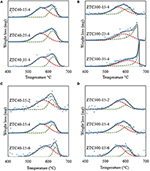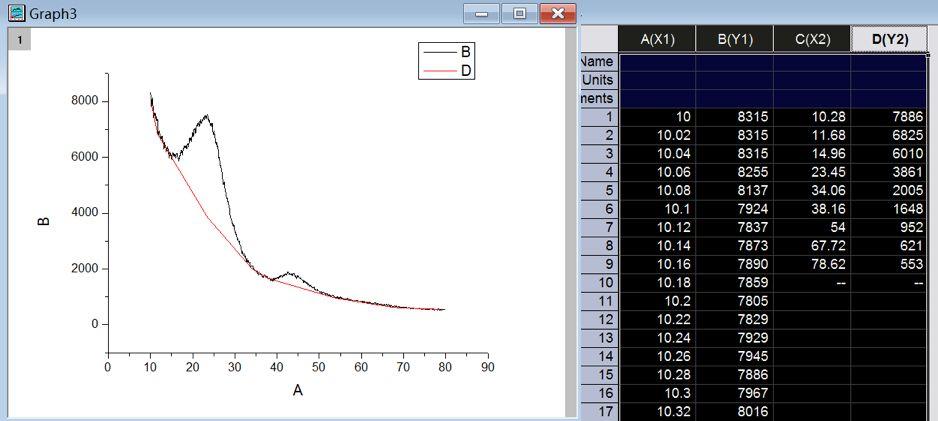

With perhaps slightly more justification, I have heard XPS described by casual users as “semiquantitative.” Both points of view relate to the manner in which some researchers use XPS and are fundamentally wrong. One misconception that I have heard expressed by those outside the surface analysis community is that XPS cannot be used in a quantitative manner.

This problem, combined with the difficulty of accessing coherent, simple, and accessible guidance, results in a significant proportion of errors in XPS data analysis. These users may assume that the instrument manufacturer has written the appropriate software, included all the calibration procedures, and has the appropriate reference data to make their analysis meaningful. This implies that a large number of relatively inexperienced researchers use XPS to measure samples.

2 The majority of this growth can be ascribed to articles that include XPS as one of many “characterization tools” rather than papers that employ XPS as the main analytical method. This is a faster rate than the increase in the number of scientific publications, which generally double every 15 years. Since the turn of the century, XPS instrument sales have continued to grow and the number of papers that include XPS data is doubling every ten years. The paper contains relevant and simple equations along with guidance on their use, validity, and assumptions. This includes the necessity for reference data, instrument performance checks, and a consistent and methodical method for the separation of inelastic background from peaks. This paper sets out the things that should be considered to obtain reliable, meaningful, and useful information from quantitative XPS. In principle, the process is straightforward, but there are a number of pitfalls that must be avoided to ensure that the information is representative and as accurate as possible. Transforming XPS data into meaningful information on the concentration and distribution of chemical species is the topic of this article. It is less widely recognized that intensities in XPS spectra can also be used to obtain information on the chemical composition of the surface of the sample and the depth distribution of chemical species. X-ray photoelectron spectroscopy (XPS) is widely used to identify chemical species at a surface through the observation of peak positions and peak shapes.


 0 kommentar(er)
0 kommentar(er)
